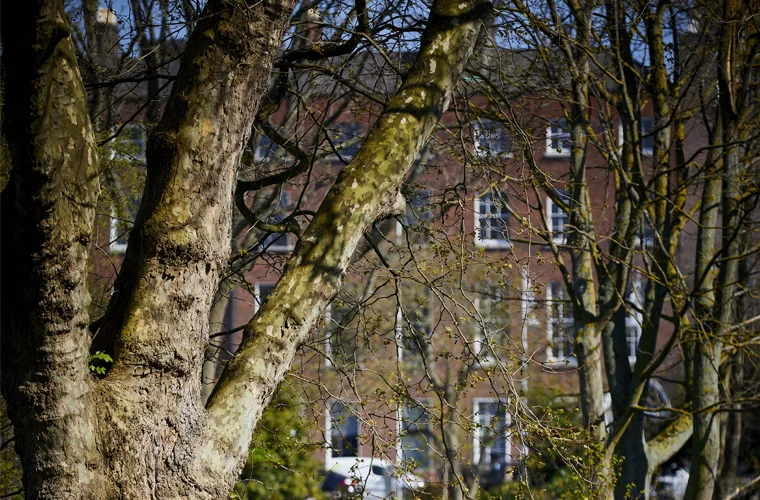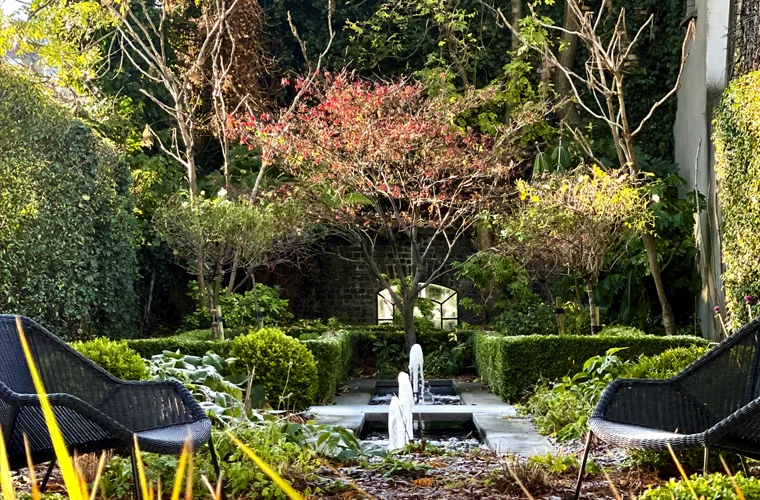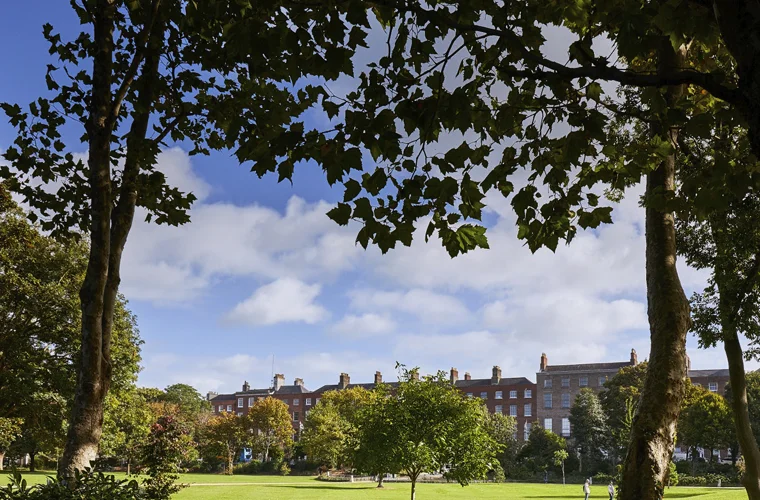Ella House - Sustainable architecture
The Georgian squares, streets and townhouses of Dublin are internationally renowned, and are part of the unique heritage and identity of our city.
Like the neighbouring buildings, Dublin City Council lists 39 – 43 Merrion Square on its Record of Protected Structures. As buildings of architectural or historic interest, listed buildings contribute significantly to the quality of our built environment, our economy and our cultural heritage.
This part of Georgian Dublin was built up to 240 years ago, and illustrates how well-constructed buildings have the longevity and flexibility to accommodate many changes in social and economic requirements during their lifetime. This is a true measure of sustainable architecture.




